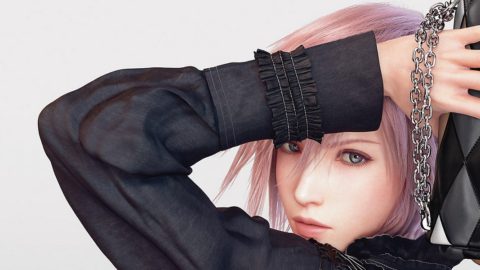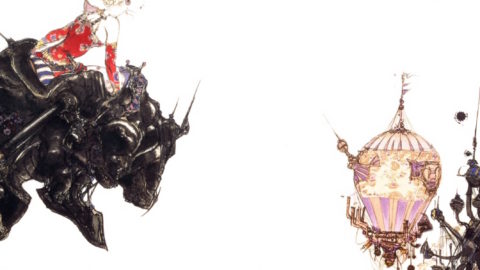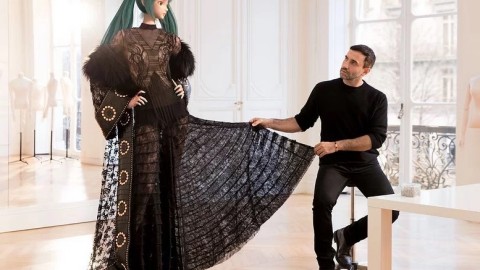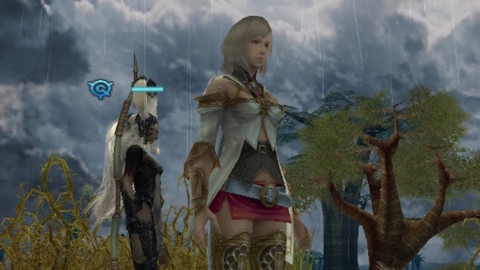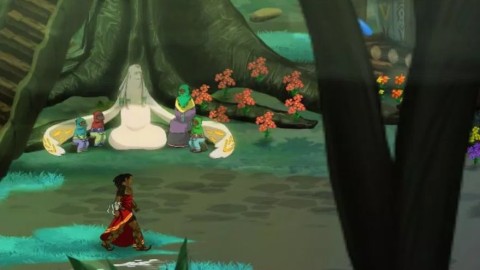
Here it is, the latest nostalgia ploy for the Tsum Tsum generation
One of my favorite things to see compared are Funko POP! figures (of the United States) with Good Smile’s Nendoroids (of Japan). The two are at once comparable—both being a popular series of uniformly designed figures—but also incomparable. POP!s are chibi (small), cheap, and most of all: ugly. While Nendoroids are also chibi, a bit more pricey, and most of all: actually really cute. When put side by side, the cuter figure is always clear. I’ve always taken it as a sign that my fellow Americans don’t know what cute means. But with World of Final Fantasy, the latest JRPG clout…
